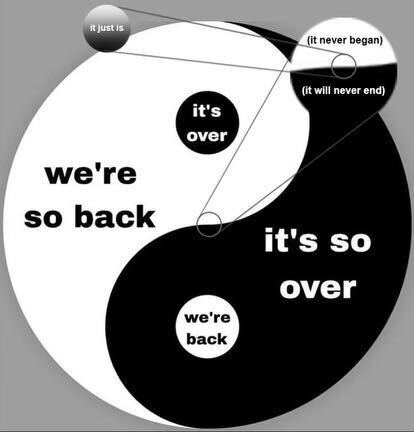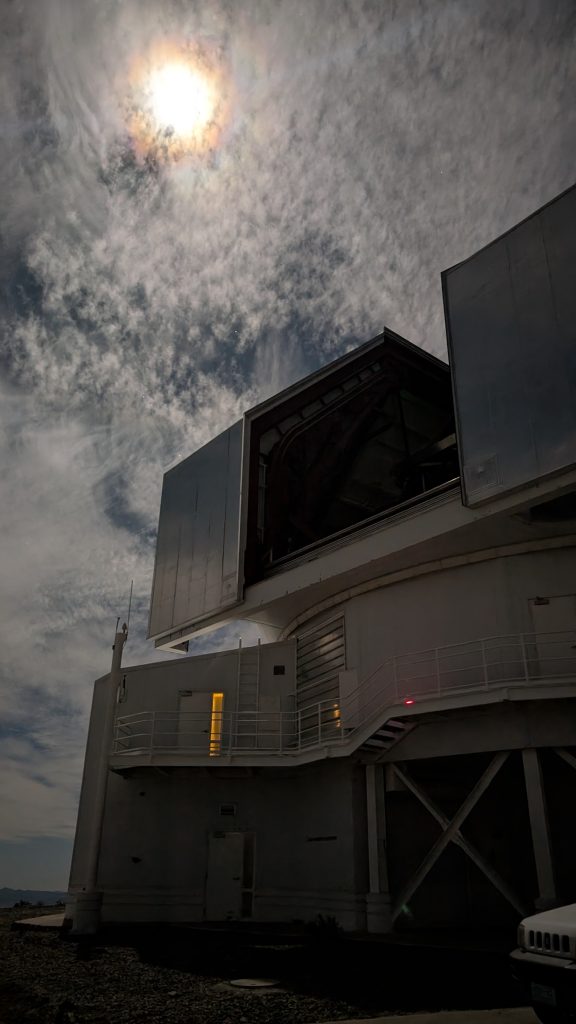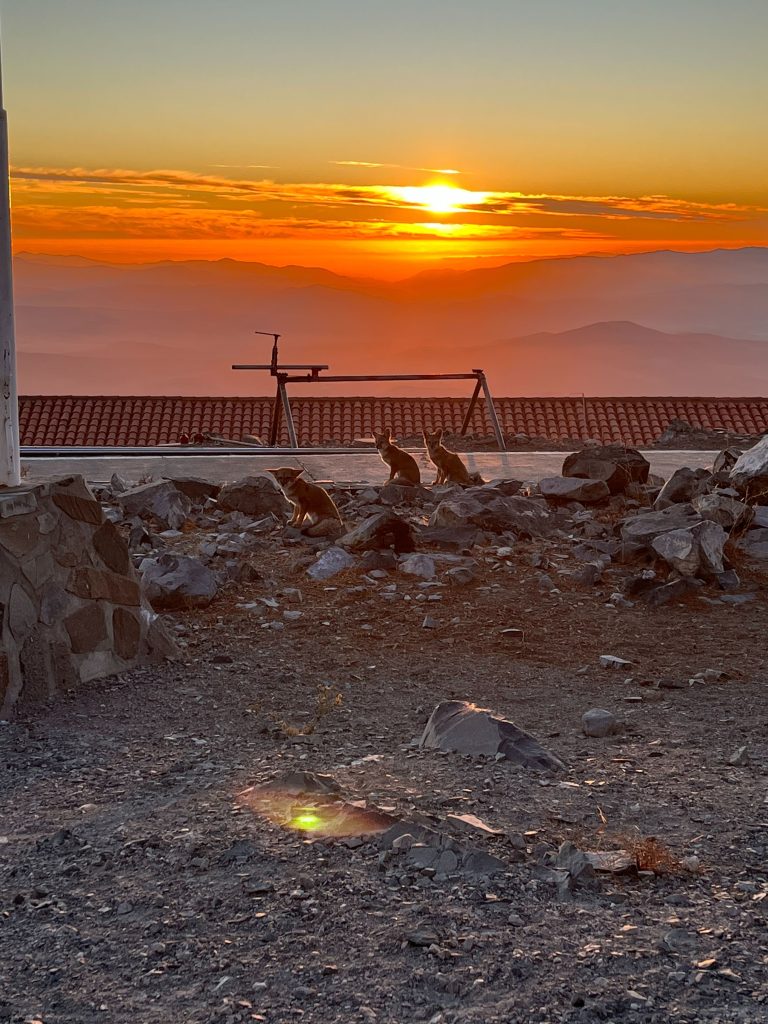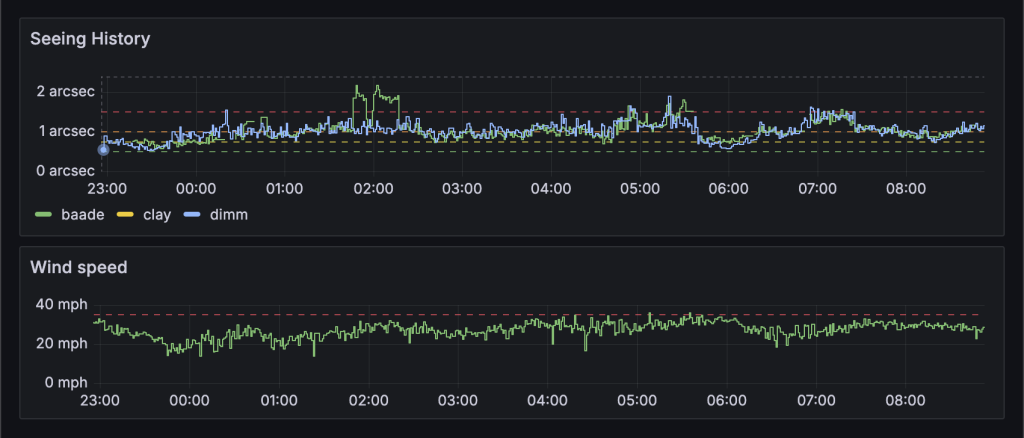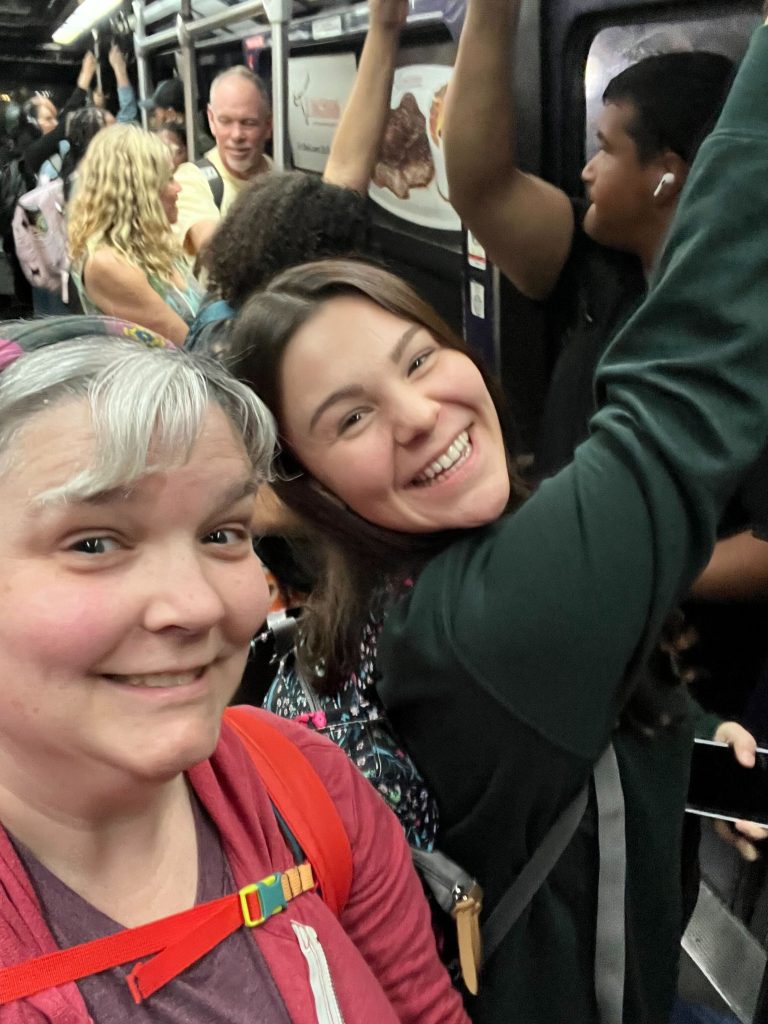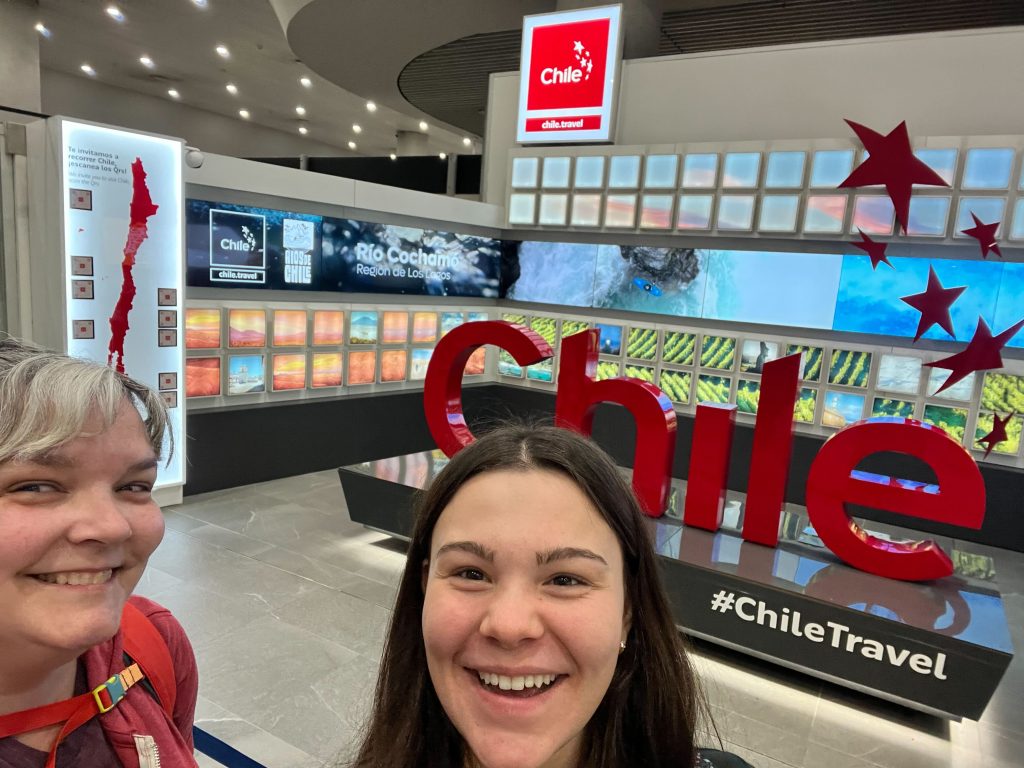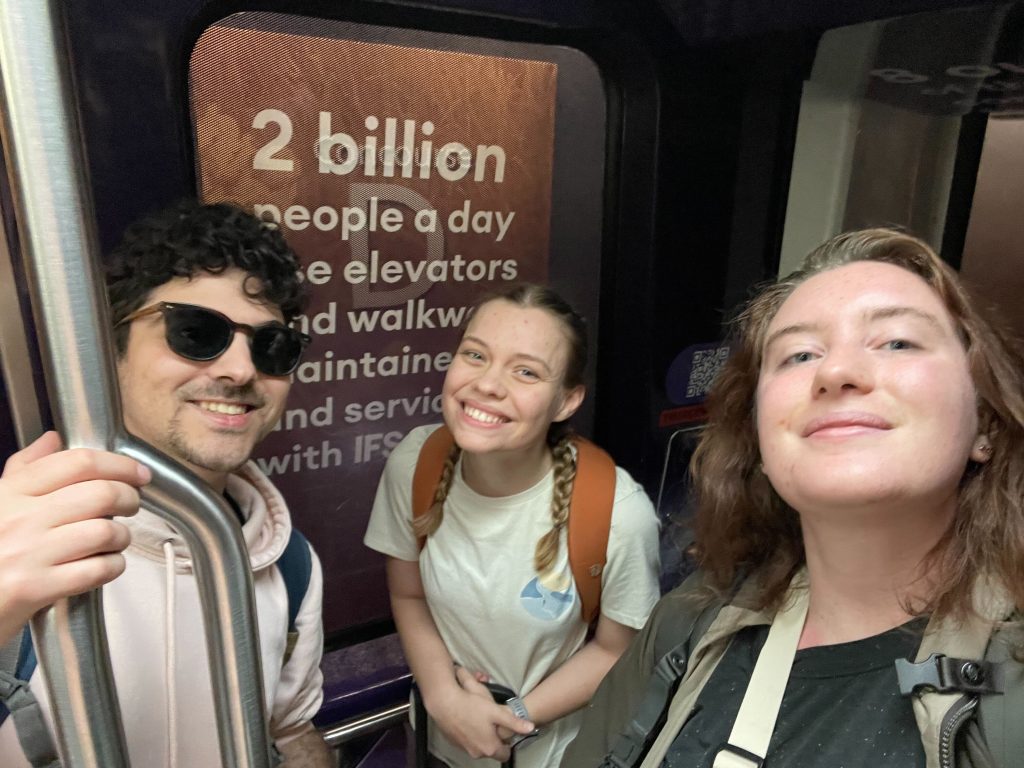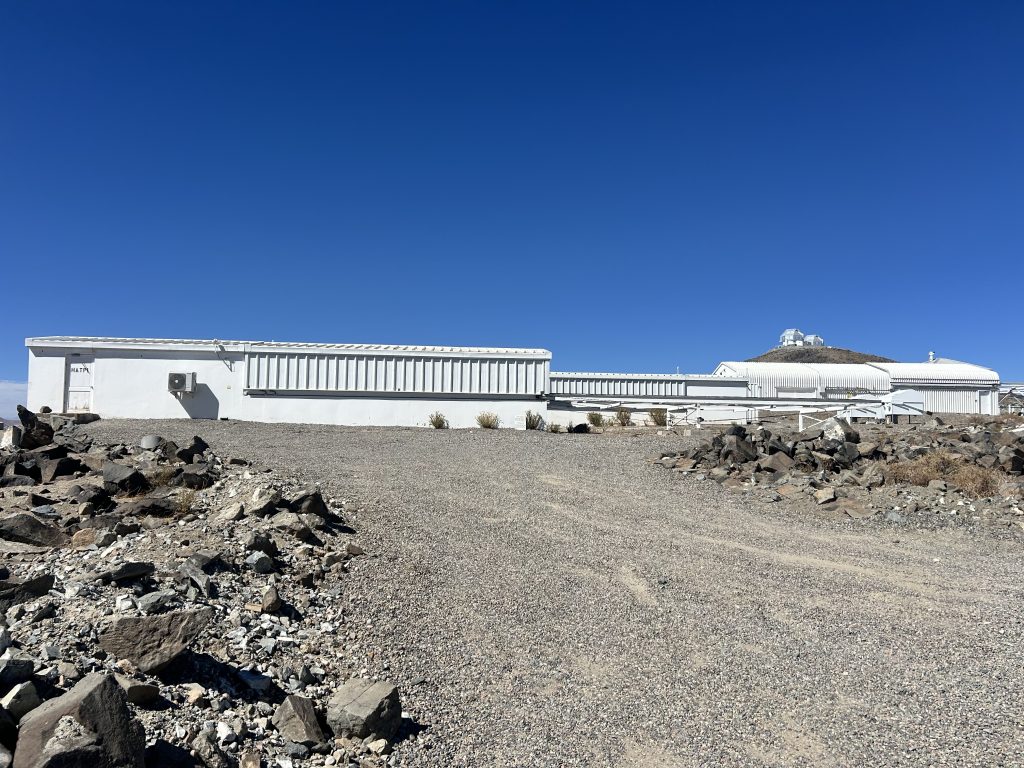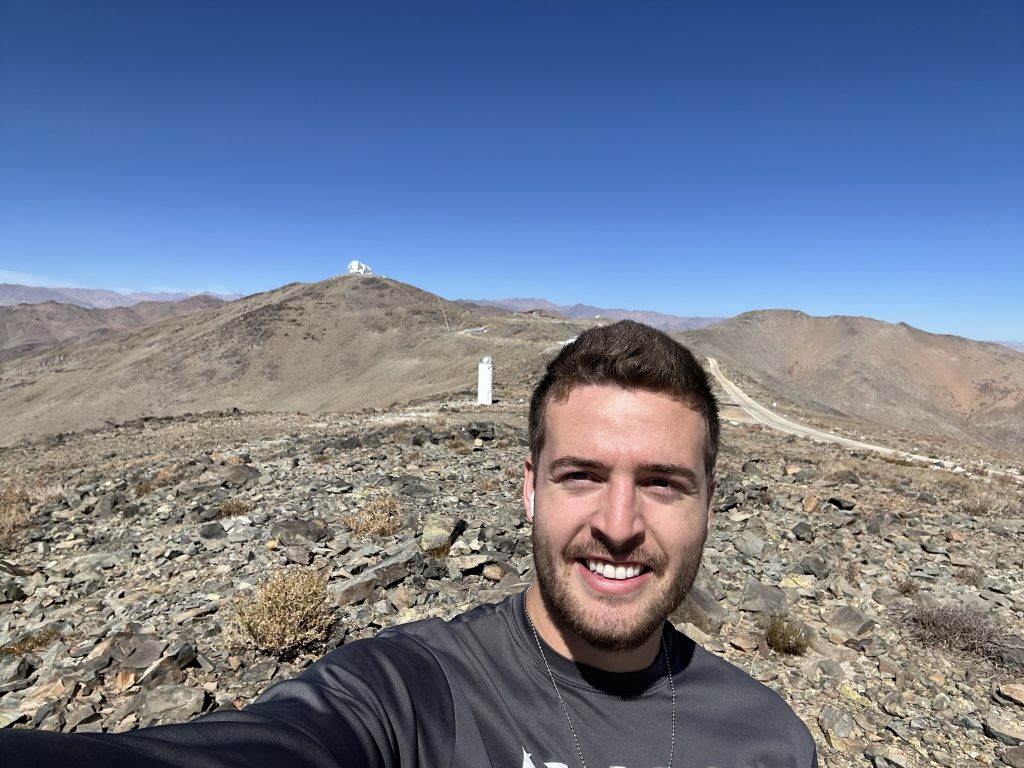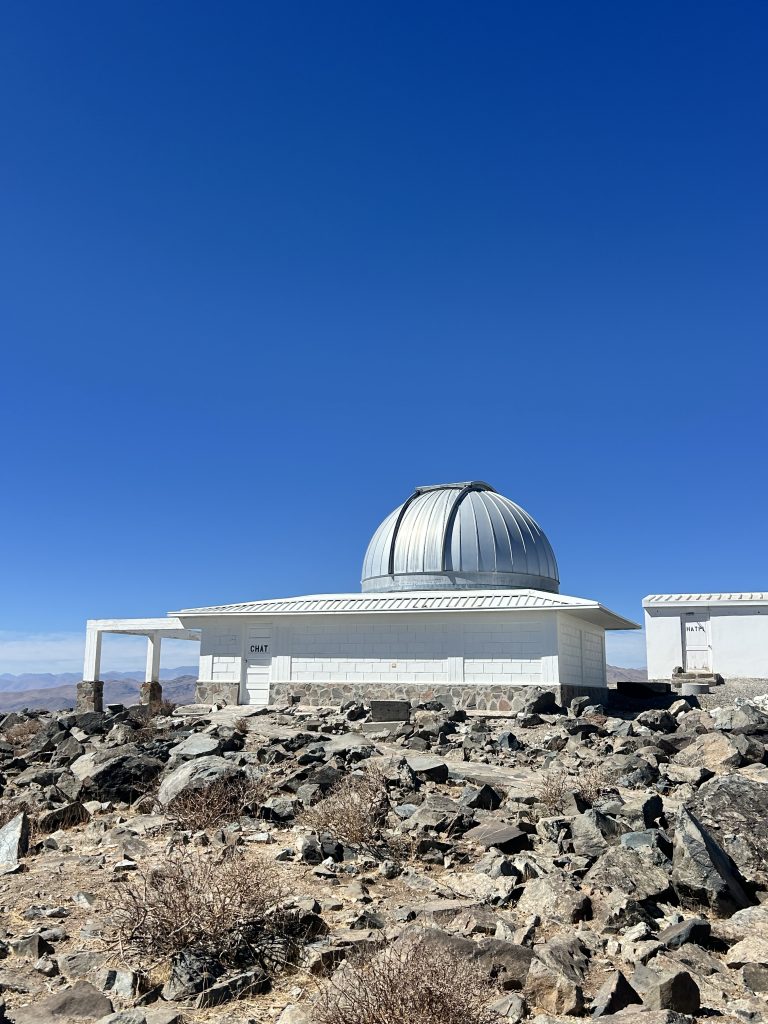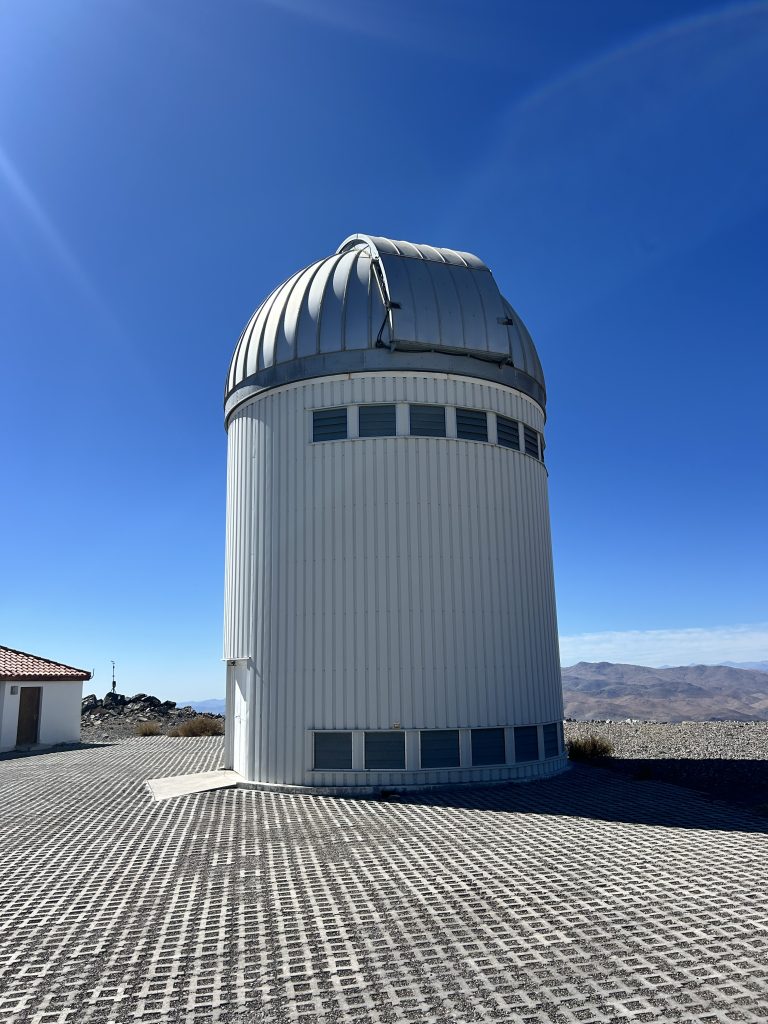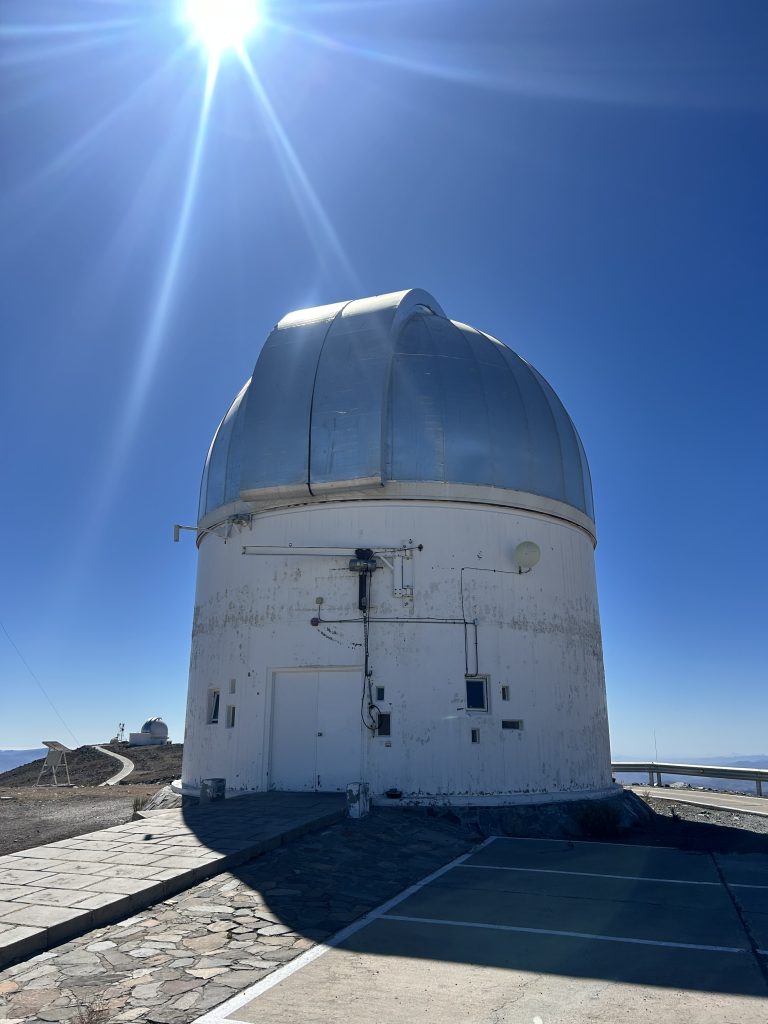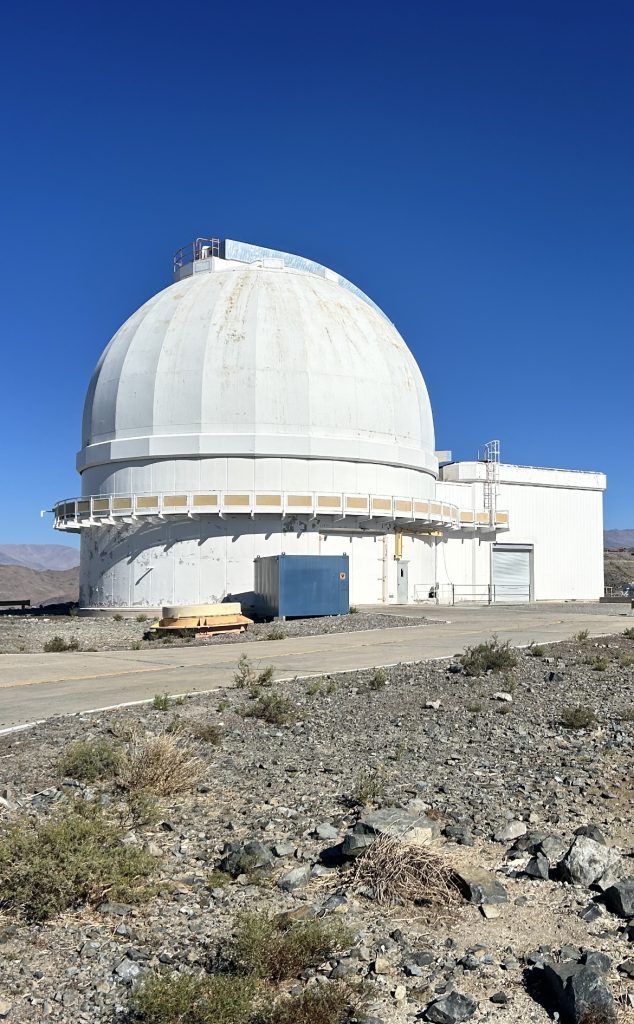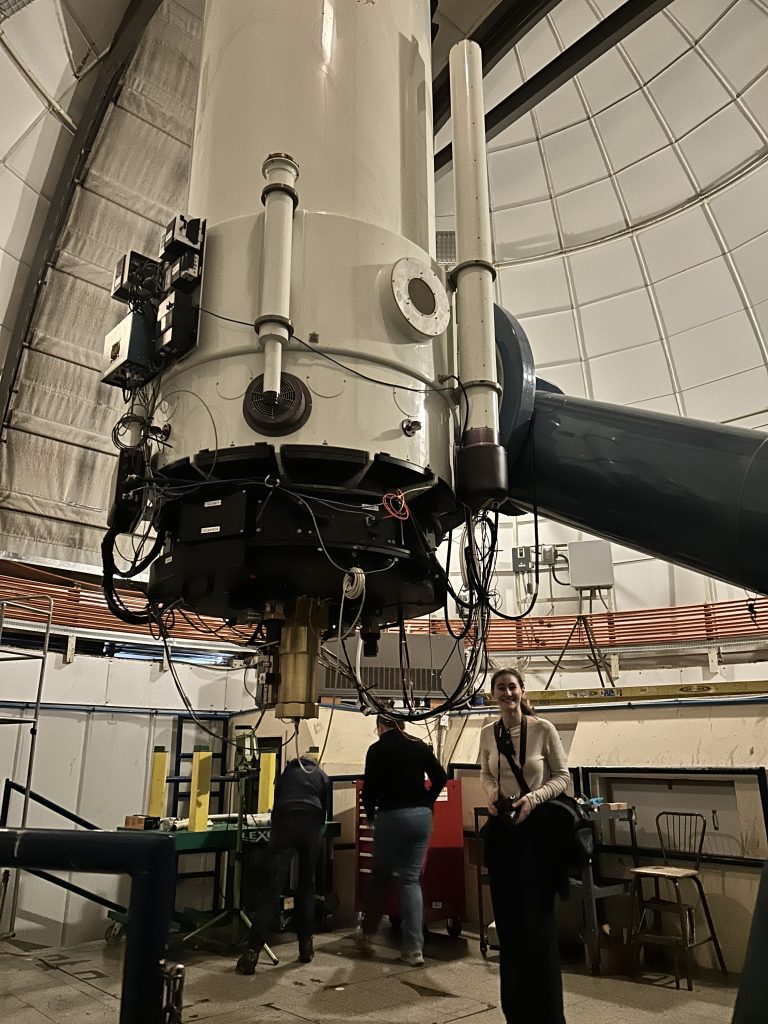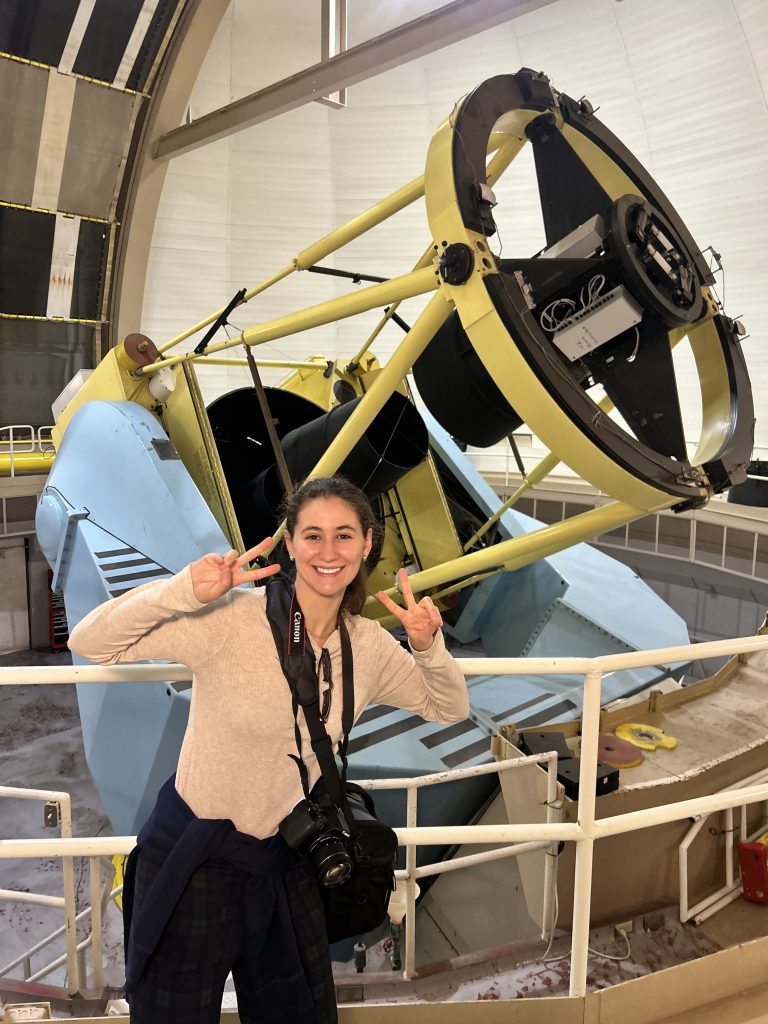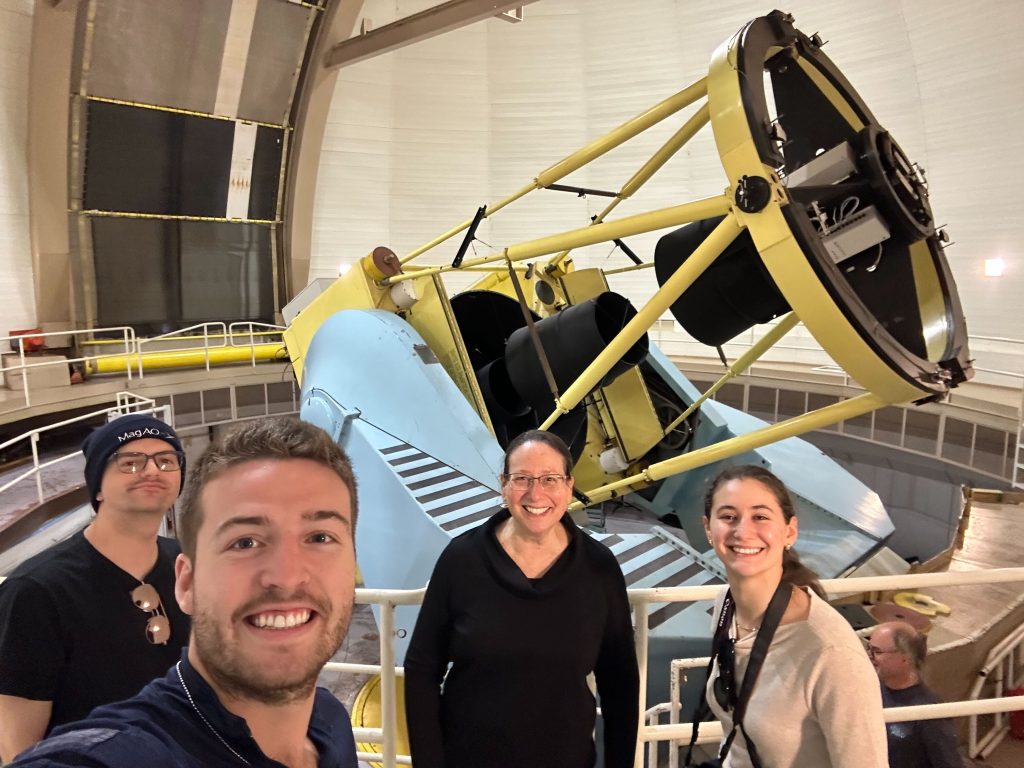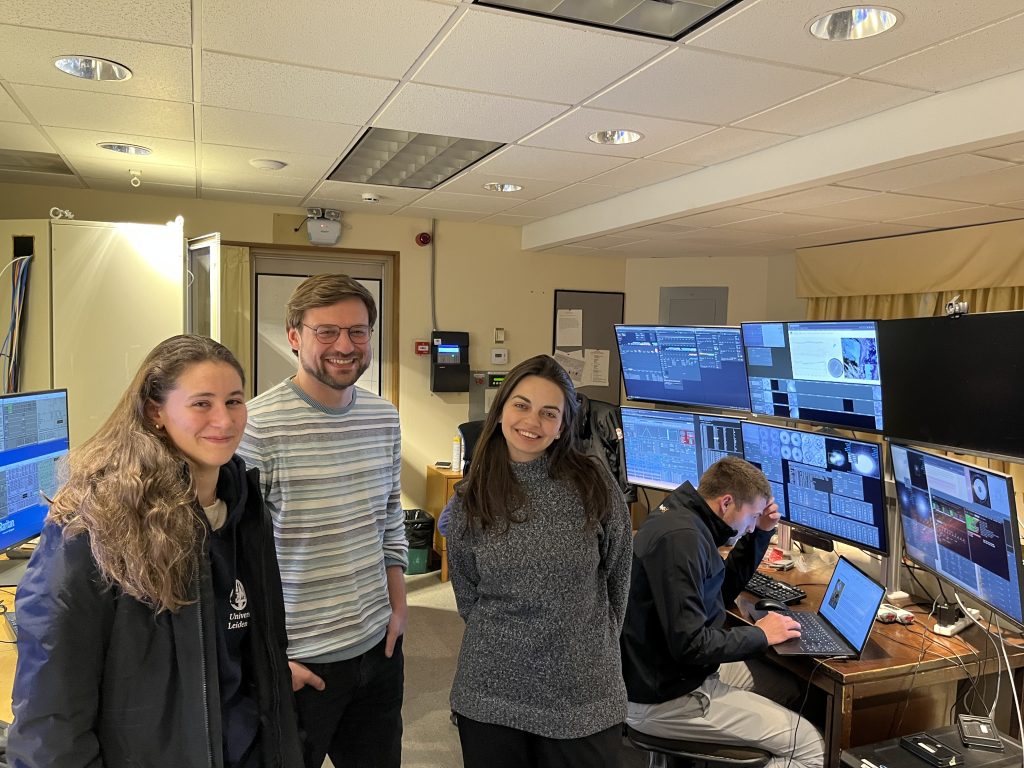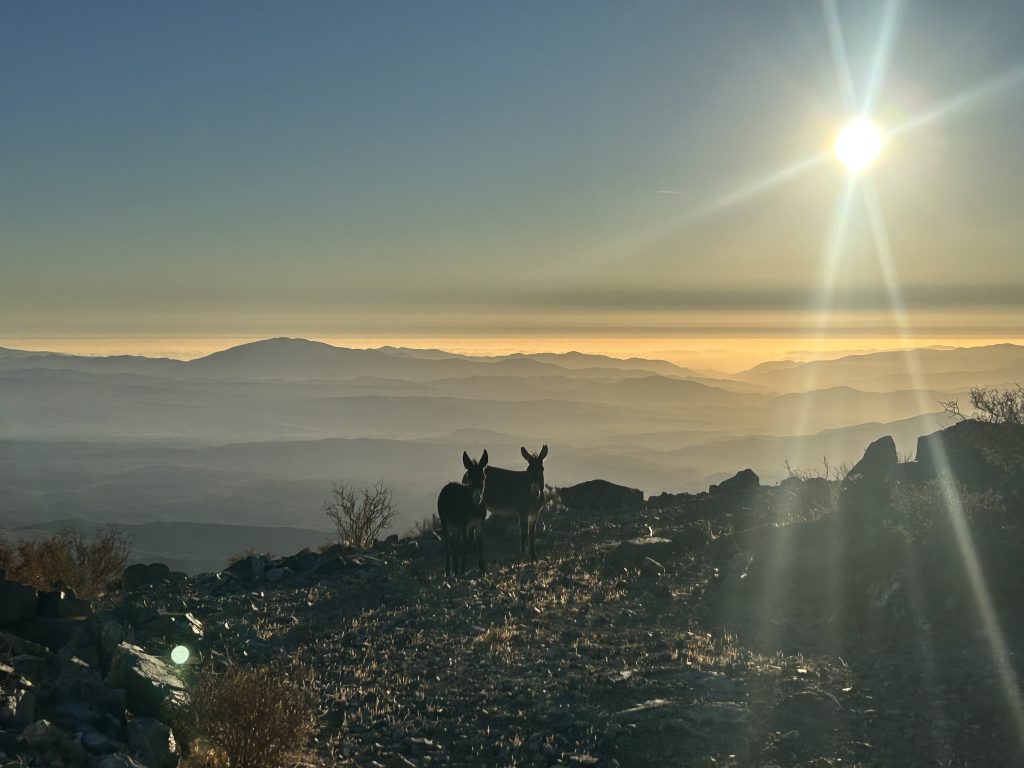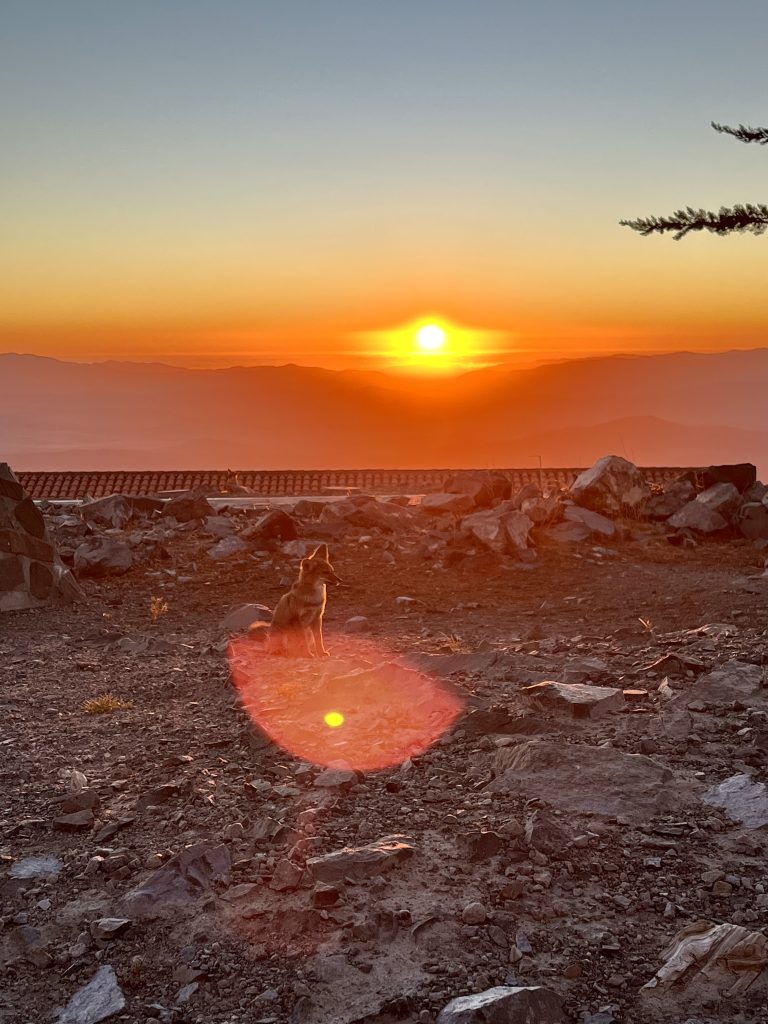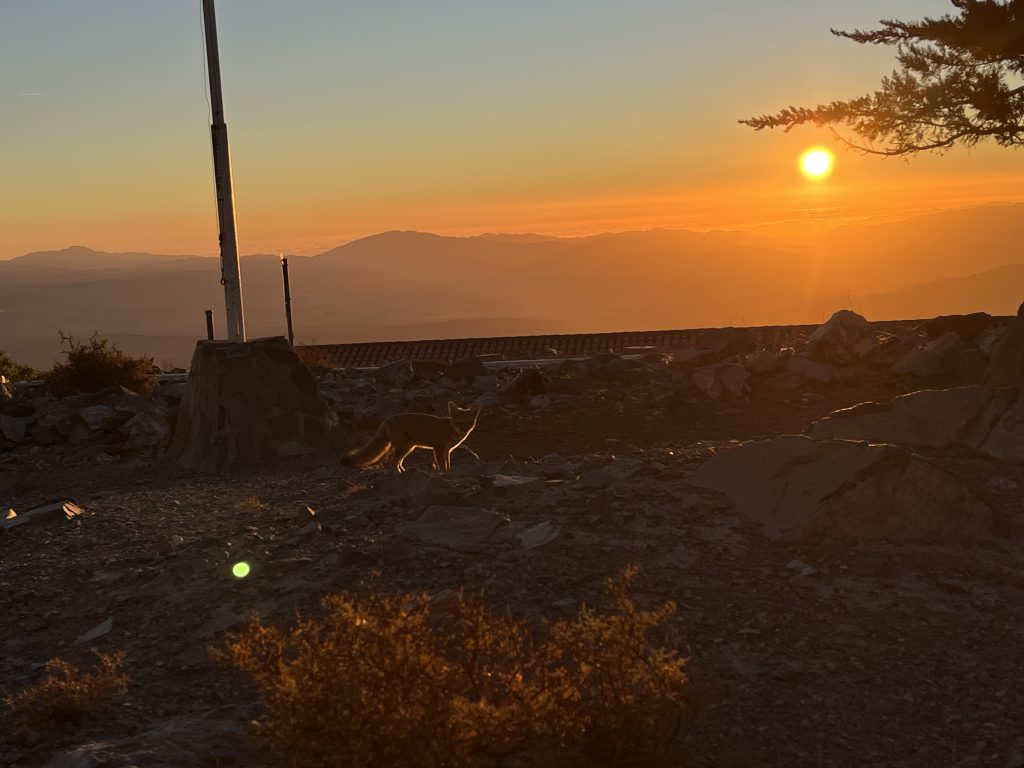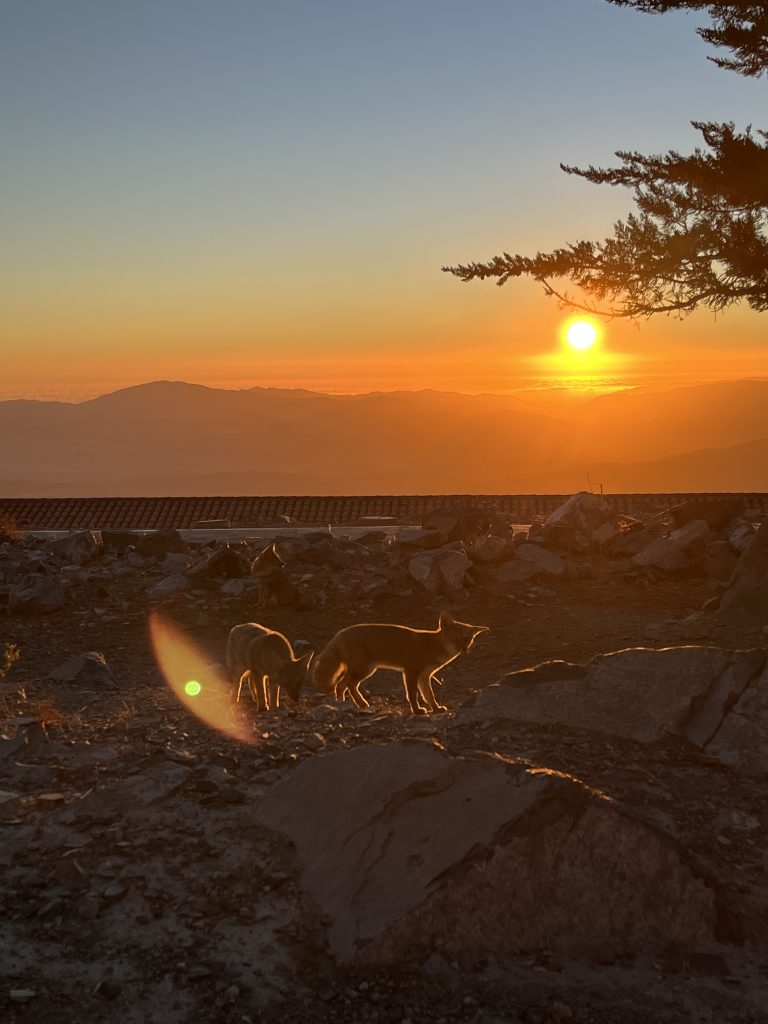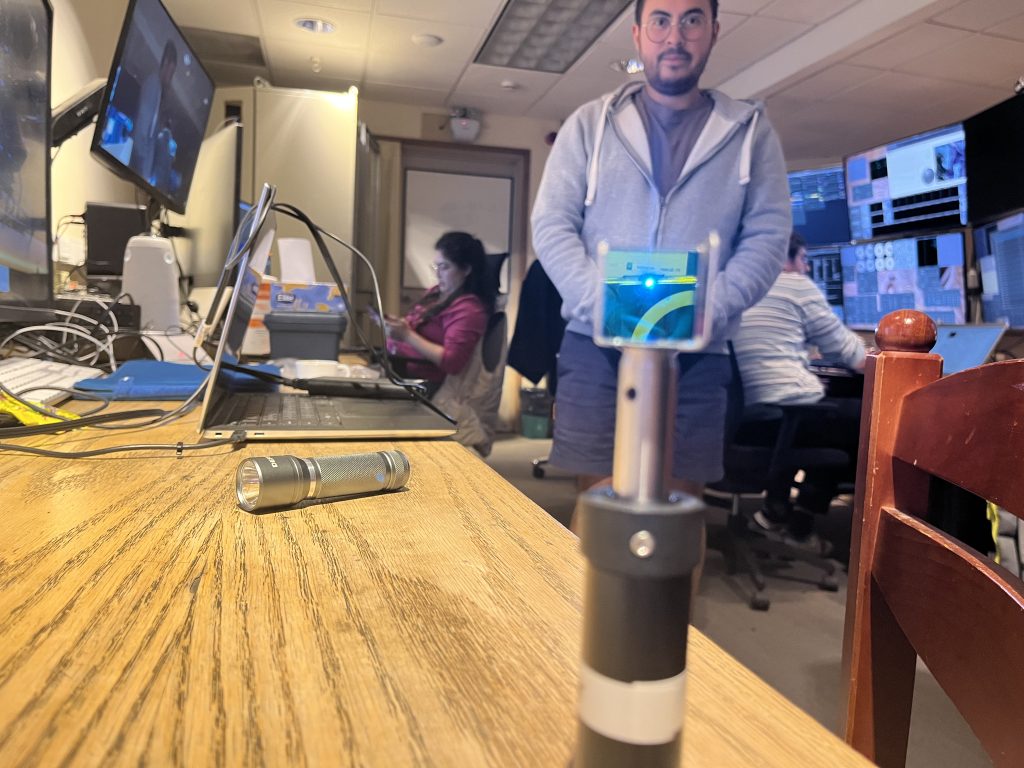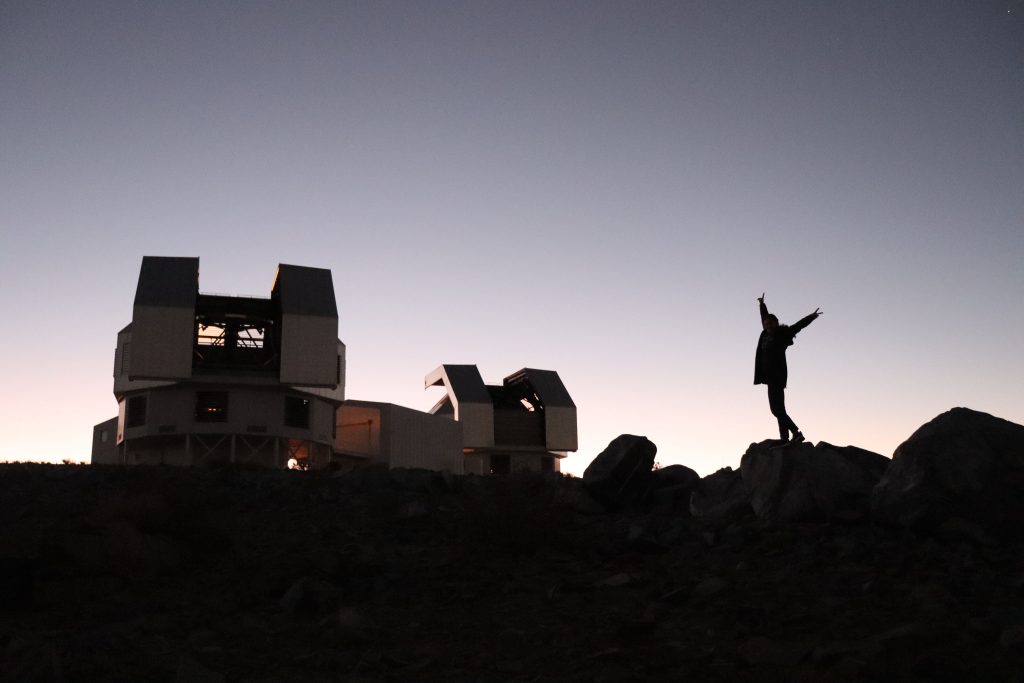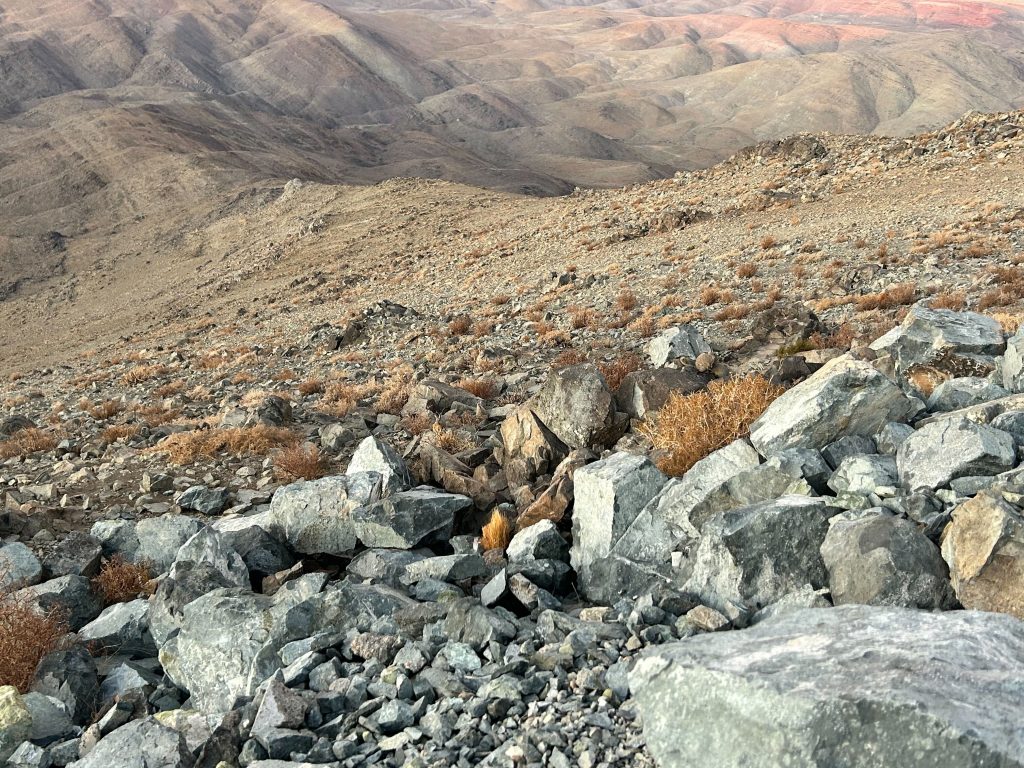While most of our heroes were still sleeping, Sebastiaan and I went up the telescope to perform some EFC calibration. At first the dark hole digging didn’t seem to work, and it took quite a bit to fix it. Fortunately, just before dinner time we finally managed!
Tonight, the MagAO-X team experienced yet again an hard truth: Bad nights are part of the game. This is why the title of this blog post is unfortunately the opposite of my previous one. If you want a visual representation of this, check this out:
At the beginning of the night, Sebastiaan tried to perform EFC on AFLep, but with a seeing between 0.9 and 1.4 arcsec and a PSF that looked like the control loop was not even close, we expect the dataset to be good to be thrown in the trash. At some point we gave up, switched to the internal source and did some engineering and more EFC calibration. We managed to take some more data afterwards, although the seeing was still around 1.
We continued with Alycia, who got two lucky hours of decent seeing and observed an edge-on disk …All this before having to close the telescope because of a huge conglomerate of clouds approaching the telescope. Time for some more engineering in lab mode and watching a movie chilling on the amazing Clay furniture.
At least we have pictures of animals
Enjoy heartwarming wildlife pictures from today’s selection:
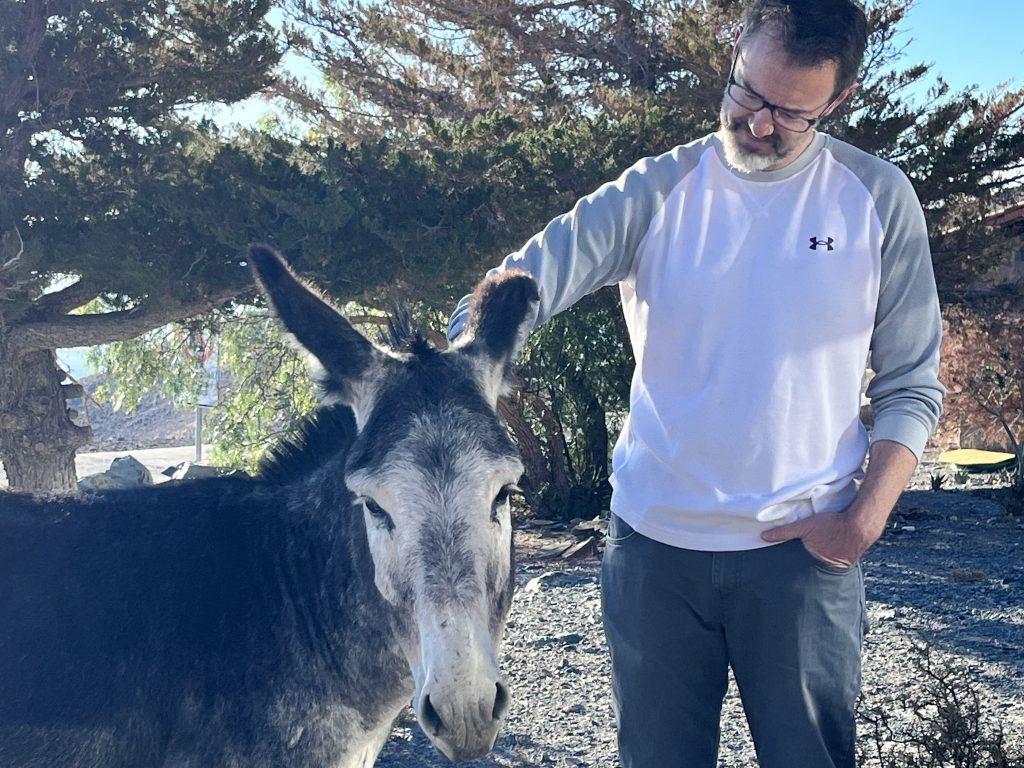
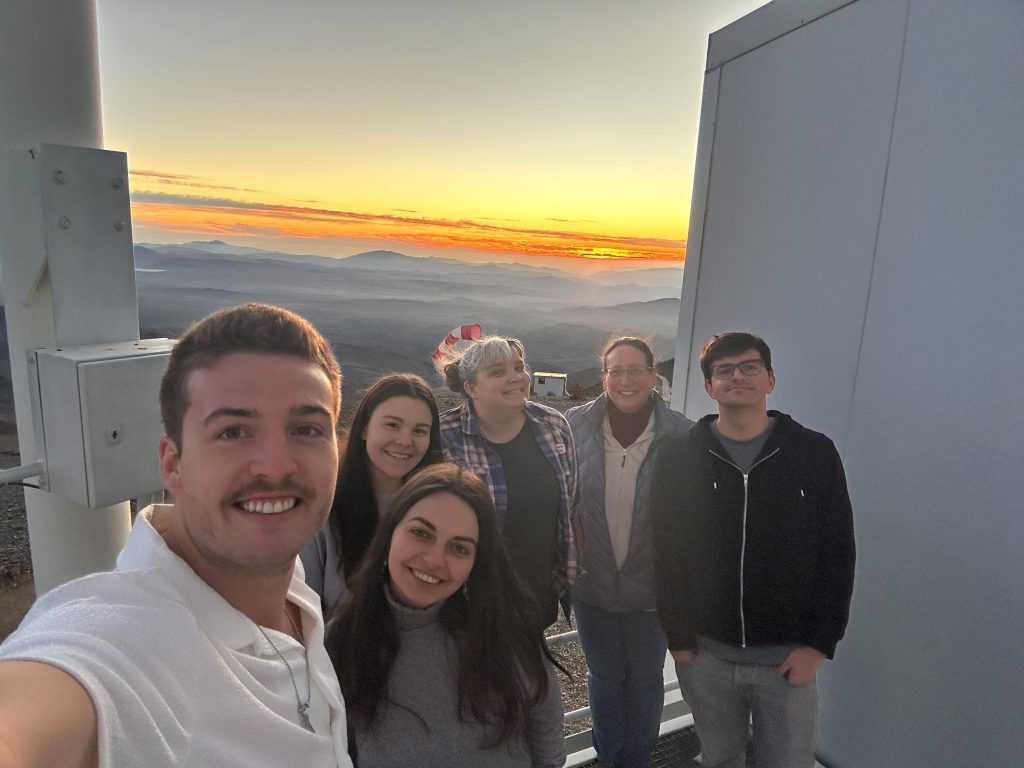
Song of the day + movie
During our time with the telescope closed we have talked a lot about movies tonight, and especially Disney movies. So, today the movie I want to mention is my all-time favorite Disney movie, The Sword in the Stone. I want to quote what I decided to be also the song of the day, “That’s What Makes the World Go Round”, in which Merlin explains to Arthur how opposites continuously balance our existence. Very yin and yang, right?! I utterly love it.
Left and right
Like day and night
That’s what makes the world go round
In and out
Thin and stout
That’s what makes the world go roundFor every up, there is a down
Merlin, in The Sword in the Stone (1963)
For every square, there is a round
For every high, there is a low
For every to, there is a fro
Bonus cloud song
Since we watched the Eurovision movie because of the clouds, today you get a bonus song: What a masterpiece.
